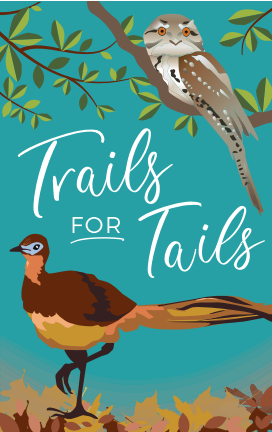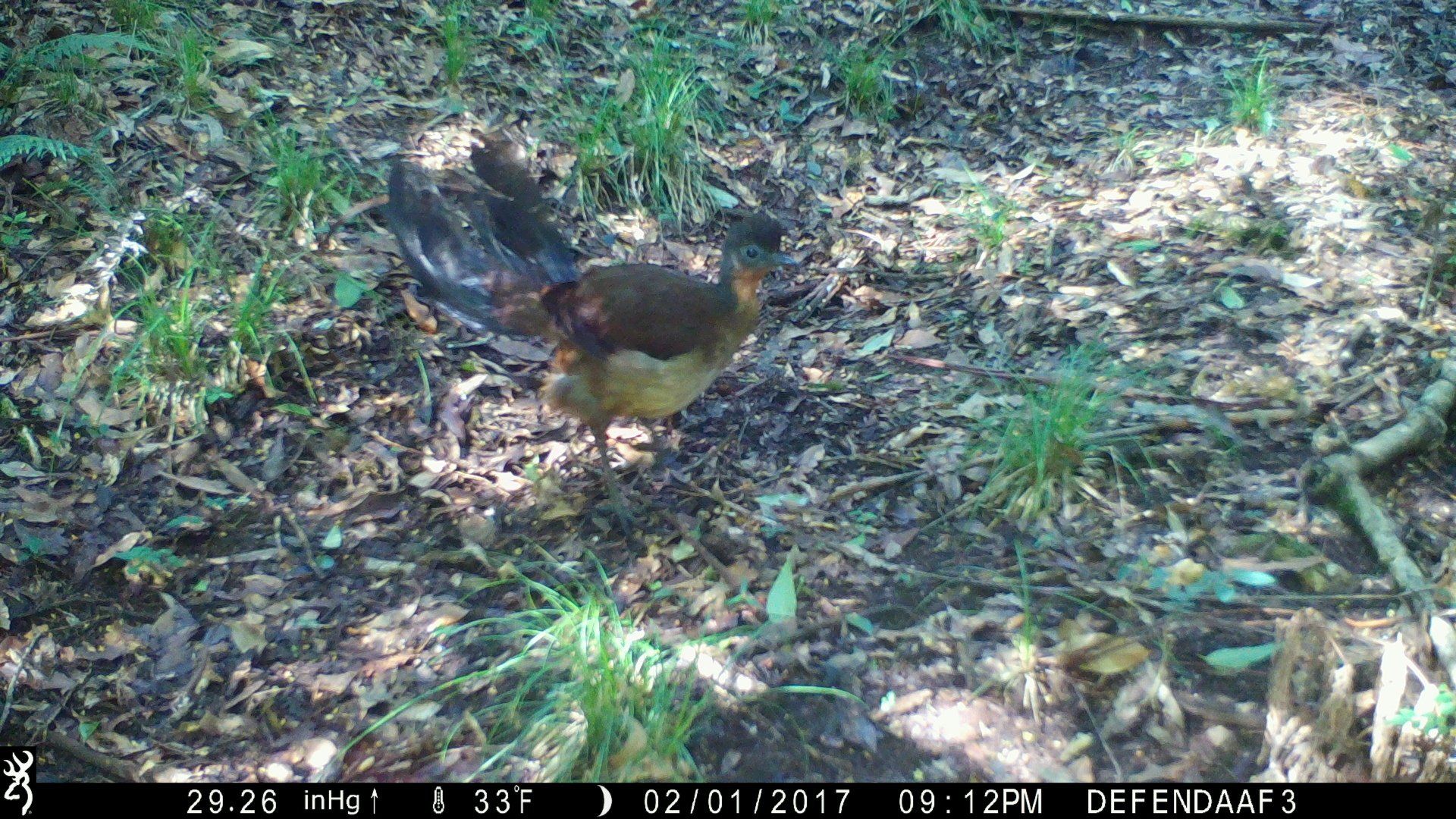Our Findings
Albert's Breeding Season - Success!
Rare footage of three female Lyrebirds enjoying an afternoon bath.
Audio Acoustic Monitoring
Camera Monitoring
A minimum of two wildlife cameras were set up at each property and captured fantastic images. On properties where both male and female Lyrebirds appeared suggests breeding is likely in these areas. Hopefully we can confirm in the coming months when little Lyrebirds make their way into the cameras view (fingers crossed).
The Marbled Frogmouth!
Feral Animals
While trying to capture Lyrebirds we also wanted to monitor what feral animals were moving through each property. The cameras captured mostly foxes, a few cats and a couple wild dogs. Relying on camera footage and local landholder knowledge, it is assumed that ferals, particularly foxes, have increased after the 2019-20 bushfires. No evidence has yet found feral animals predating on Albert's Lyrebird but footage of a wild dog carrying a Red-legged Pademelon (threatened species) and a fox carrying a Native Brush Turkey is concerning. This data prompted a seperate project to be established that focused entirely on feral animal management at 8 properties that have Albert's Lyrebird and either foxes or cats. To read more on this project click here.
These sites will continue to be monitored over the next year to try ascertain whether feral animals are impacting Lyrebird populations.





















